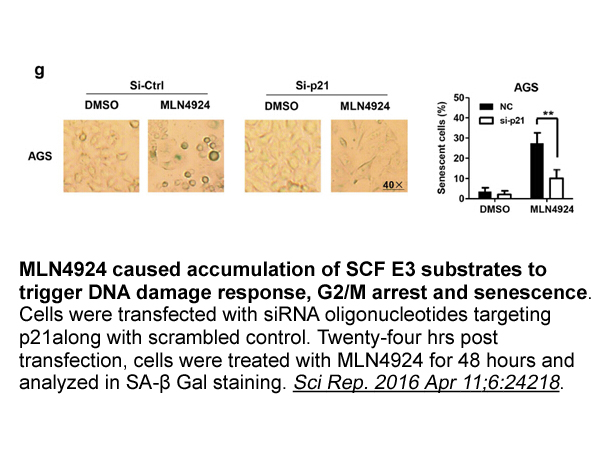Archives
br Introduction There are greater than five million
Introduction
There are greater than five million Americans living with Alzheimer's dementia and more than 35 million people worldwide [1], and without a way to stop or slow the progression, there will be nearly a tripling of individuals affected by 2050 (13.8 million) [1]. The urgency to develop an intervention to stop or slow the progression of Alzheimer's disease (AD) [2,3] is driving collaborations both within and between federal/governmental agencies, industrial/for-profit organizations, and nonprofit entities. Since 2013, the Alzheimer's Association has taken the lead on working with the  global nonprofit ARL 67156 trisodium salt to compile and publish compendium on the landscape of the changing landscape of private-public partnerships between these organizations and other stakeholders [4]. This compendium of global and regional private-public partnerships between governmental/federal entities, industrial/for-profit organizations, and nonprofit organizations invested in the AD research landscape was updated in 2014 [5]. Given the continuing growth of the landscape, the compendium requires update of the rapidly growing number of organizations involved, their varied goals, and their relationships with one another. The following sections include the mission statements of 25 nonprofit/charity organizations and their collaborative partnerships with governmental, global, and industrial entities, with an emphasis on the nature of collaborative efforts (i.e., improving clinical trials, obtaining and sharing data, supporting individuals with dementia and caregivers, and research funding).
global nonprofit ARL 67156 trisodium salt to compile and publish compendium on the landscape of the changing landscape of private-public partnerships between these organizations and other stakeholders [4]. This compendium of global and regional private-public partnerships between governmental/federal entities, industrial/for-profit organizations, and nonprofit organizations invested in the AD research landscape was updated in 2014 [5]. Given the continuing growth of the landscape, the compendium requires update of the rapidly growing number of organizations involved, their varied goals, and their relationships with one another. The following sections include the mission statements of 25 nonprofit/charity organizations and their collaborative partnerships with governmental, global, and industrial entities, with an emphasis on the nature of collaborative efforts (i.e., improving clinical trials, obtaining and sharing data, supporting individuals with dementia and caregivers, and research funding).
Organizations included, mission statements and public web sites
Partnerships
Partnerships between and among the 25 listed organizations are with multiple stakeholders, including with governmental agencies, nonprofit organizations, industry, and/or a combination of these stakeholders. An outline of different partnerships by type of stakeholders and priority areas of consortium/collaborative efforts is provided in the following section (Table 1 and 2).
Summary
Introduction
Alzheimer disease is currently the most common form of dementia, estimated to reach 26.6 million people worldwide, or about 5% of the population over 65 years of age. The finding of a possible cognitive deterioration as a result of an anesthetic/surgical event led to the investigation of this phenomenon, also motivated by the greater concern and demand for information by patients and their families.
Postoperative cognitive dysfunction is a well-known perioperative syndrome as a result of anesthesia and surgery but the exact cause remains unclear. In what way post-operative cognitive dysfunction and Alzheimer disease may be linked remains a question under study. The biochemistry underlying the process of dementia, the study of the relationship between Alzheimer disease and postoperative cognitive dysfunction as a probable spectrum of the same disease, and the relationship of both with anesthetic agents motivate the exploration of this area.
Alzheim er disease
Alzheimer disease is a progressive dementia that leads to a decline in cognitive abilities. The vast majority of Alzheimer disease cases are late onset or sporadic and it is presumed to be a multifactorial disease resulting from the interaction between genetic and environmental factors. The main risk factor is age, although others such as female, low educational level, family history, and specific genetic mutations (apolipoprotein E genotype)6, 7 may also contribute. A number of modifiable risk factors, such as cardiovascular disease, history of head trauma, diabetes, hypertension, and dyslipidemia have been described. The association between environmental exposure to modifiable risk factors and Alzheimer disease provided a potential analogy for the possible role of general anesthesia in the pathogenesis of this disease. In this line of thinking, reducing these modifiable risk factors would reduce the incidence of dementia.
er disease
Alzheimer disease is a progressive dementia that leads to a decline in cognitive abilities. The vast majority of Alzheimer disease cases are late onset or sporadic and it is presumed to be a multifactorial disease resulting from the interaction between genetic and environmental factors. The main risk factor is age, although others such as female, low educational level, family history, and specific genetic mutations (apolipoprotein E genotype)6, 7 may also contribute. A number of modifiable risk factors, such as cardiovascular disease, history of head trauma, diabetes, hypertension, and dyslipidemia have been described. The association between environmental exposure to modifiable risk factors and Alzheimer disease provided a potential analogy for the possible role of general anesthesia in the pathogenesis of this disease. In this line of thinking, reducing these modifiable risk factors would reduce the incidence of dementia.